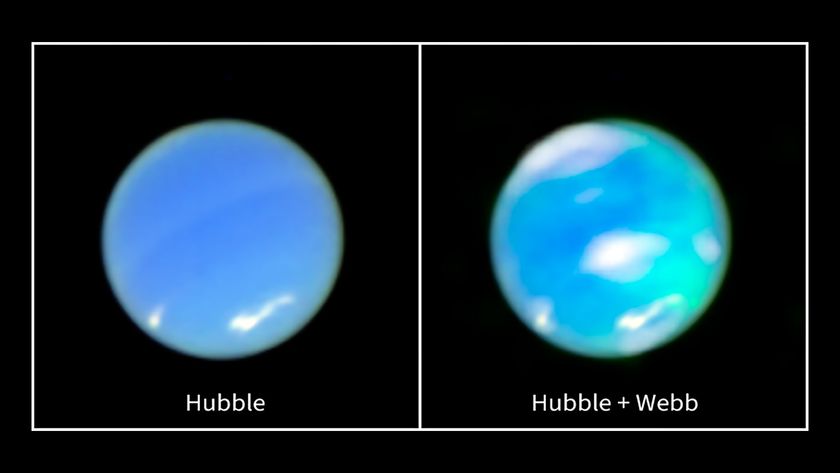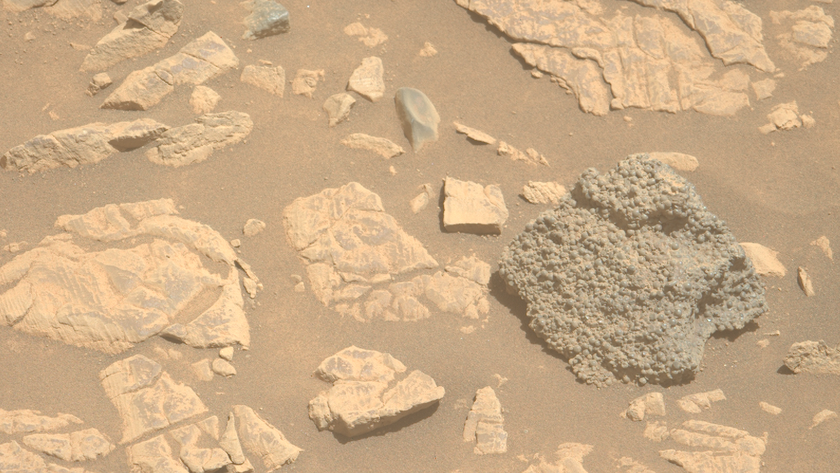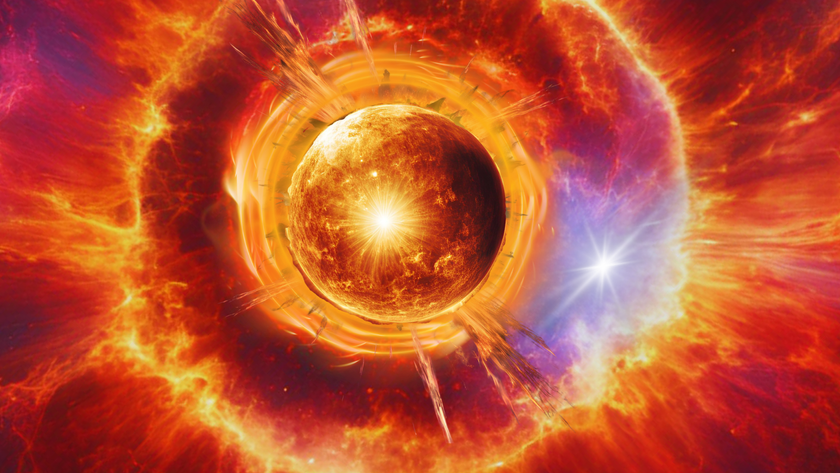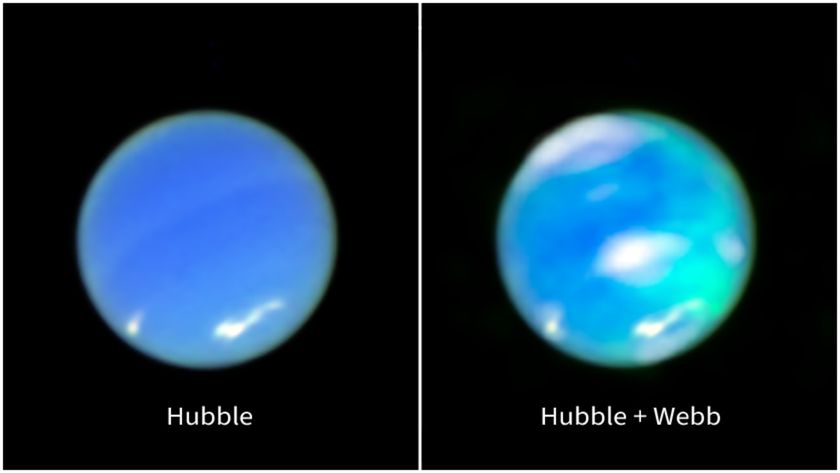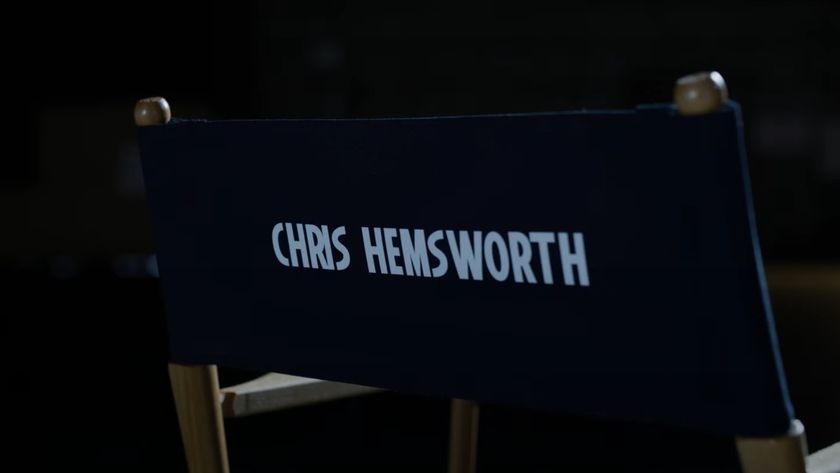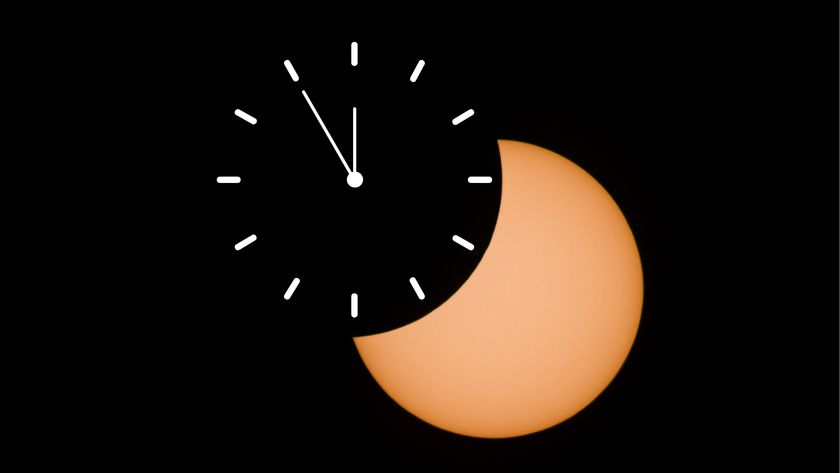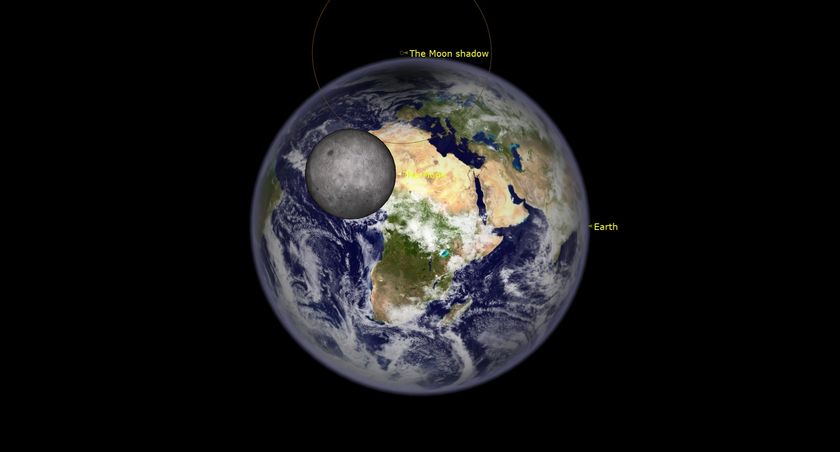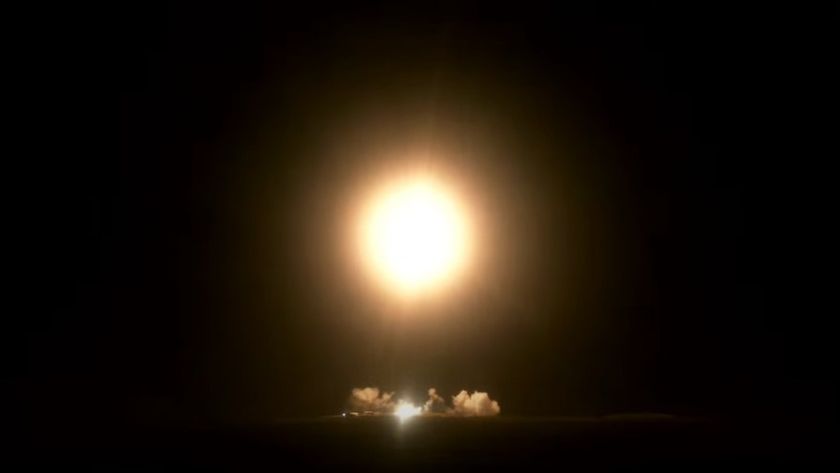
What are UFOs? New Study Aims to Find Out
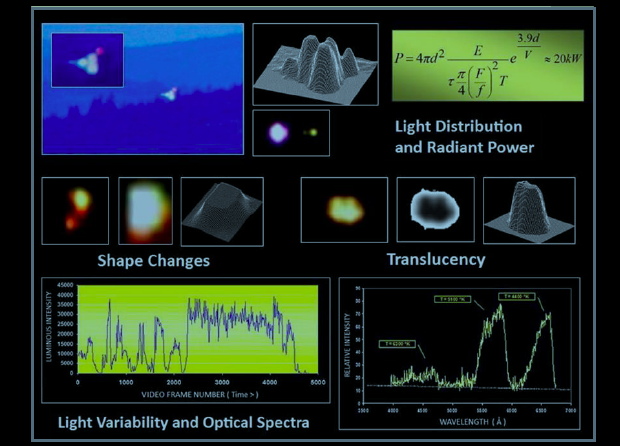
A new science project launched in 2015 with a lofty goal: to record data on reported sightings of "Unidentified Flying Objects" (or UFOs) in the hopes of identifying what they are.
The group is called "UFODATA" – short for UFO Detection And TrAcking – and is based on building a network of automated surveillance stations with high-tech sensors for gathering scientific data on sightings of alleged UFOs.
The aim is to move toward a scientific solution to the UFO reports by implementing an effort to gather systematic instrumented observations. [10 Alien Encounters Debunked]
Anomalous aerial phenomena
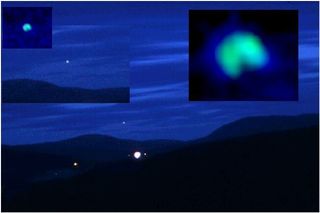
UFODATA stations would measure anything unusual that comes within their range. While detecting anomalous aerial phenomena is top priority, the stations are sure to record already known but rare natural events, such as ball lightning.
The main project goal is to directly record physical data – photos, videos, magnetometer readings, electromagnetic radiation, etc. – about unexplained aerial phenomena "in a more comprehensive manner than has ever been done before," the website adds.
"Whether or not our observations suggest an extra-terrestrial presence," the website explains, "collecting such data would show (a) that UFO phenomena can be studied in a rigorous and systematic fashion, and (b) thereby hopefully break down the 'taboo’ that has long stymied basic scientific research in this area."
Initial goal
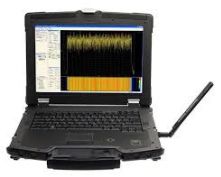
Regarding the UFODATA stations, the expense of developing a prototype station — including not just the equipment, camera, and sensors — but also software, construction and testing is in the range of several tens of thousands of dollars. Subsequent stations should be less-costly once the design and construction details are in place.
Get the Space.com Newsletter
Breaking space news, the latest updates on rocket launches, skywatching events and more!
UFODATA's initial goal is to raise enough money to design and construct one prototype station that would undergo testing for up to one year. The group then expects to fully deploy the first station and begin construction of as many additional stations as funding permits. Ideally, the stations would eventually be deployed on a global basis.
Given an assessment of the instrumentation and software necessities for the system, UFODATA intends to launch a crowdfunding campaign to secure needed funds to pursue building and installing a network of stations.
Silent partners

The intellectual sparkplugs behind UFODATA are over a dozen volunteers, a confab of scientists, engineers, and UFO researchers. “We are also joined by several 'silent partners,’ all scientists and engineers at academic institutions who are prepared to help, but because of the cultural stigma attached to UFOs have chosen to keep their involvement private,” explains the UFODATA website.
A UFODATA board member is Leslie Kean. She is an investigative reporter and author of the New York Times best-selling book, "UFOs: Generals, Pilots and Government Officials Go on the Record" and is also co-founder of the Coalition for Freedom of Information.
"I'm a journalist and not a 'ufologist’. I remain agnostic about the nature and origin of UFOs," Kean told Inside Outer Space. "The popular debate tends to go back and forth between two extremes: conspiracy theorists convinced that UFOs are extraterrestrial spacecraft, and debunkers equally convinced that UFOs don’t even exist. Neither position is the rational one."
Kean said because so little science has been done on UFOs "we remain ignorant about what UFOs actually are."
UFODATA aims to change that, Kean said. “We now have the opportunity to elevate UFO investigations so that they become part of the larger scientific search for extraterrestrial life and will eventually be recognized as such by the world community.”
For detailed information on UFODATA and its plans, including a call for volunteers to assist in their work, go to:
http://www.ufodata.net/
Also, go to this paper that details the project for a network of automatic stations for UFO monitoring:
http://www.ufodata.net/resources/UFOAC_MT_Project_REVISED(6).pdf
Leonard David has been reporting on the space industry for more than five decades. He is former director of research for the National Commission on Space and is co-author of Buzz Aldrin's 2013 book "Mission to Mars – My Vision for Space Exploration" published by National Geographic with a new updated paperback version released in May 2015. Follow us @Spacedotcom, Facebook or Google+. Originally published on Space.com.
Join our Space Forums to keep talking space on the latest missions, night sky and more! And if you have a news tip, correction or comment, let us know at: community@space.com.

Leonard David is an award-winning space journalist who has been reporting on space activities for more than 50 years. Currently writing as Space.com's Space Insider Columnist among his other projects, Leonard has authored numerous books on space exploration, Mars missions and more, with his latest being "Moon Rush: The New Space Race" published in 2019 by National Geographic. He also wrote "Mars: Our Future on the Red Planet" released in 2016 by National Geographic. Leonard has served as a correspondent for SpaceNews, Scientific American and Aerospace America for the AIAA. He has received many awards, including the first Ordway Award for Sustained Excellence in Spaceflight History in 2015 at the AAS Wernher von Braun Memorial Symposium. You can find out Leonard's latest project at his website and on Twitter.



